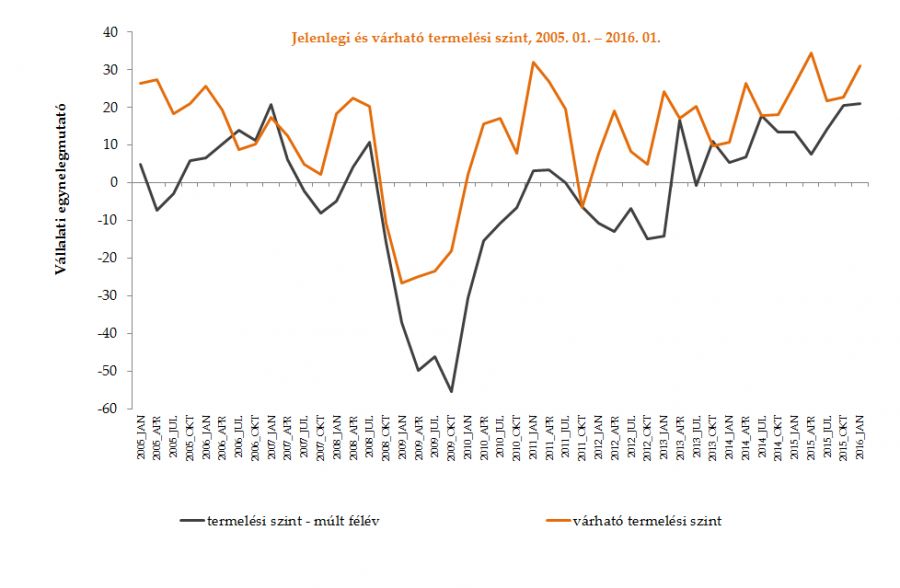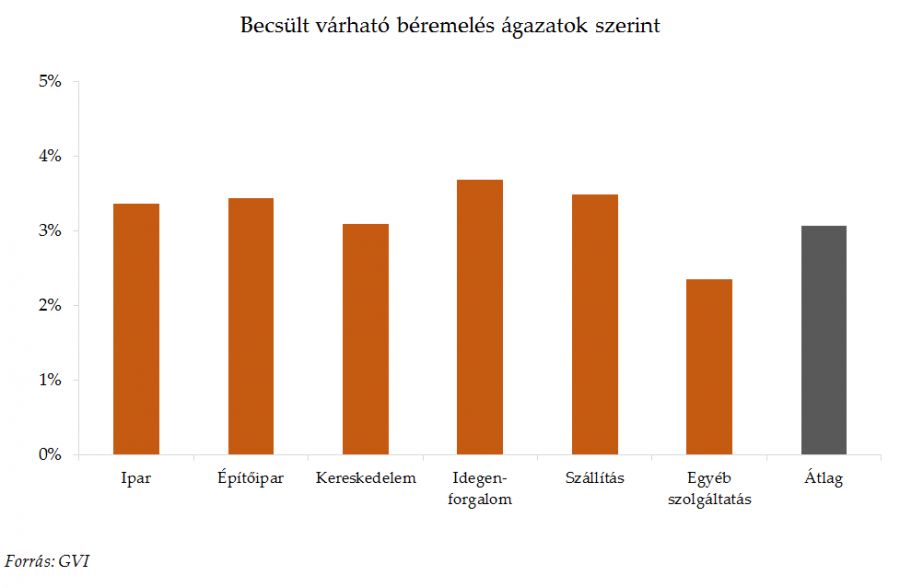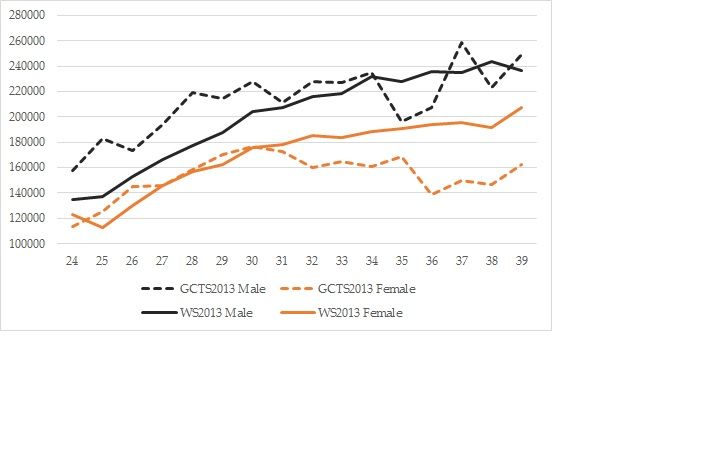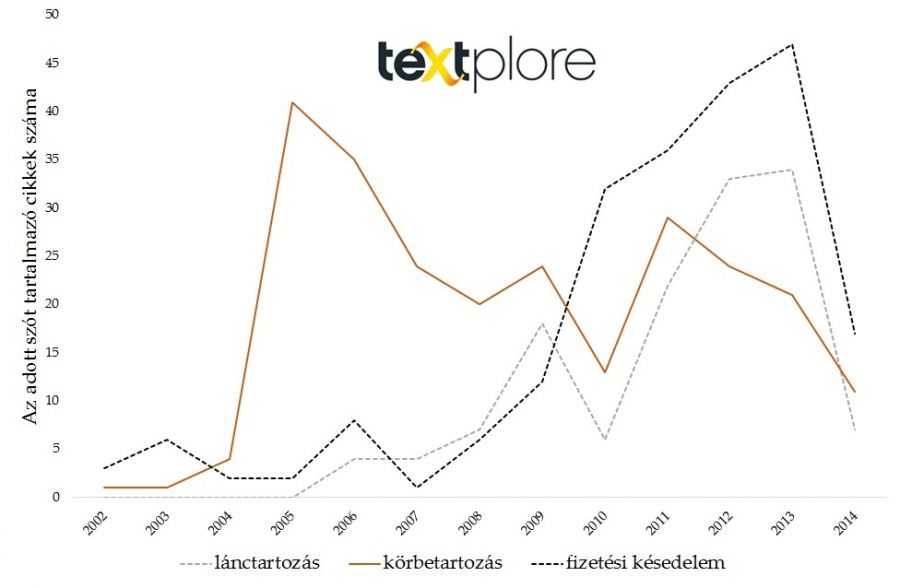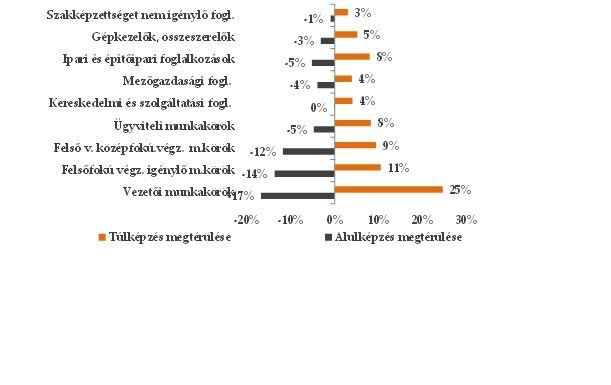The results of the latest IEER SME Outlook business climate survey reveal more favourable economic conditions compared to the previous quarter: the Business Climate Index increased from 20 to 25 points, which is the highest value since the beginning of the research (January 2005). This value is far higher than the one in January 2015 (16 points). The Uncertainty Index is at a current level of 37 points, which is almost the same as the value measured in the preceding quarter (it was 38 points in October 2015). The value of the Uncertainty Index indicates that the current trend is not uniform within the private sector, and that it will continue to be confined to one part of the economy and will not be felt by all small and medium sized companies.
Read more >>>In the course of its latest business climate survey HCCI Institute for Economic and Enterprise Research (IEER) examined potential changes in wages in the year 2016. According to our estimation enterprises plan raising gross salaries by 3.0-3.2%. This is an average wage growth, which slightly exceeds last year’s increase.
Read more >>>The newest values of HCCI IEER’s District Development Index (DDI) give us a new picture this year about development differences in the 174 districts of Hungary and highlight what changes have occurred in the course of the last two years.
The data shows that the most developed district outside of Budapest and its agglomeration can be found almost exclusively in Western and Central Transdanubia (Győr, Mosonmagyaróvár, Tata, Veszprém) and beside these only the districts of Szeged and Eger made it to the most developed top 20. The least developed districts are mostly in Northern Hungary and in the Northern Great Plains. Some of the districts in Transdanubia are also among the least developed (Tab, Barcs, Sárbogárd, Devecser) which indicates that among the regions of Hungary Transdanubia has the biggest internal disparities.
Read more >>>The study examines the employment status (i) and wages (ii) of young humanities and arts graduates compared to other graduates in Hungary using the 2013 data of the Hungarian Graduate Career Tracking System. The dataset has several limitations regarding reliability and validity, which we attempted to correct to improve the quality of our estimations. The results requires further research. We find that amongst males the conditional overall employment differences for humanities and arts graduates without a degree requirement are not statistically significant. As for jobs requiring tertiary education and salaries disadvantage is present only compared to engineering, information technology and economics or business graduates. Amongst females we find that the conditional employment differences vary greatly by the definition of degree requirement, so our results are unequivocal. However salary disadvantage is statistically significant compared to engineering, information technology and economics or business graduates. Our results suggest that in Hungary young graduates with these three degrees have more advantageous labor market outcomes than others, but the situation of humanities and arts graduates does not differ greatly from the rest of the disciplines.
Read more >>>In our following brief analysis we examine for what purposes domestic enterprises generally use the internet. Our analysis is based on data from the business climate survey conducted by the Institute for Economic and Enterprise Research (IEER) in October 2015.
The data show that the highest proportion of firms surveyed use the internet for administration (e.g. the Hungarian version of an electronic civil service portal called “Ugyfelkapu” or “Client Gateway”), email correspondence with customers, and to follow market trends. Just over half of the analyzed companies have their own website, which is explained by the large number of micro businesses employing fewer than 10 people. The computer systems themselves along with the security of the stored information and the modern state of the technology were all regarded to be very important by the companies.
In our analysis we examine articles dealing with the subject of debt queues and how they changed over time as well as their context. The data used is derived from the online content analysis software Textplore (http://textplore.org/) developed by IEER. In our database there are 607 articles from 2002 or later which contains at least one of the terms ("debt queue", "debt circle" or "late payment") and appears in one of the following portals: fn.hu, hetivalasz.hu, hir24.hu, hvg.hu, index.hu, mno.hu, origo.hu, vg.hu.
Read more >>>The results of the latest IEER SME Outlook business climate survey reveal a less favourable economic condition compared to the previous quarter: the Business Climate Index decreased from 23 to 16 points. This value is the same that the one measured in January (16 points) and a bit lower than the one in July 2014 (18 points). The Uncertainty Index is at a current level of 35 points, which is lower than in the previous quarter (it was 38 points in April 2015), and is equal to the value measured in the preceding quarter. The value of the Uncertainty Index indicates that the current trend is not uniform within the private sector, and that it will continue to be confined to one part of the economy and will not be felt by all small and medium sized companies.
Read more >>>Only few of the Hungarian high school students intend to attend undergraduate programmes abroad, although their numbers show a growing trend in recent years. This is what IEER research examining the intentions of continuing education reveals, in addition to the fact that the Hungarian school system is unable to overcome the disadvantages caused by family background, that is, promote social mobility. Based on the 2013 National Skills Assessment the best national high schools receive only a very small proportion of students whose father has a low level of education or low labour market status. Our results also suggest that at the post-secondary level the education system reinforces existing inequalities. This can be concluded from the fact that the ratio of students who apply to the prestigious universities in Budapest is significantly lower in the lagging northern and lowland regions (even in the best high schools of these areas) than in the region of Central Hungary. The study was based on 770 responses conducted among the graduate students of thirty Hungarian public high schools, which were the best within their region according to the 2013 National Skills Assessment.
Read more >>>At the end of 2014 and into 2015 we often experienced in the online media news about the growth of the real estate market. This gave us the idea to examine articles related to the housing market and how they are related to developments in the real estate market. The data is based on the online content analysis software Textplore developed by the IEER (http://textplore.org/).
Try our interactive chart!
Read more >>>
Our analysis presents graduates and their socio-economic role and labour market situation based on facts from several researches and correlations that followed from the data. With this we would like to help individuals, institutes and policymakers. The overview is a continuation, the actualization of certain points, and extension of a similar study published two years ago by the Institute for Economic and Enterprise Research (IEER).
Read more >>>
